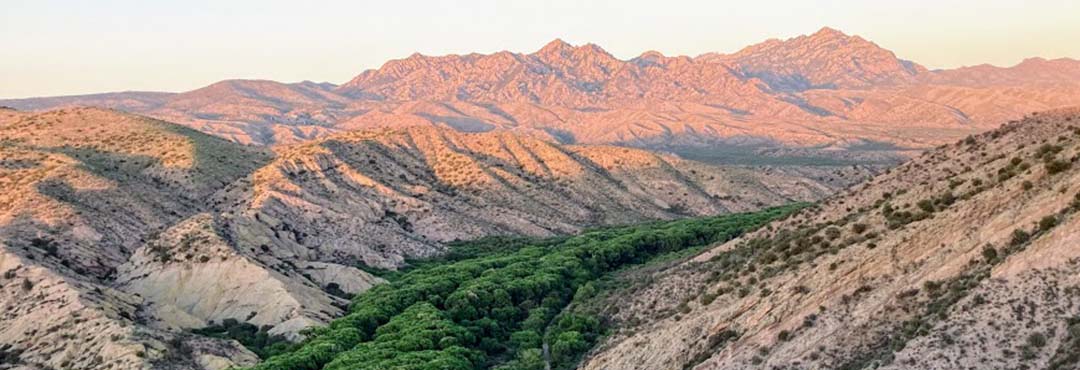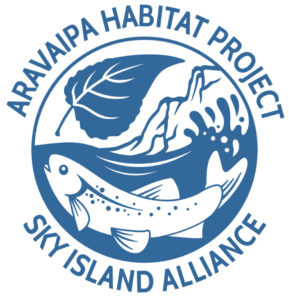Through the power of volunteers, we’re bringing back a lost native plant community along the banks of Aravaipa Creek in Arizona’s Galiuro Mountains. Read on to learn more about this project, our work to remove invasive vinca, and how to get involved.
Sky Island Alliance, The Nature Conservancy (TNC), and hundreds of volunteers have worked hard since 2015 to remove invasive periwinkle (Vinca major) from the creek beds in Aravaipa Canyon Preserve—one of the most intact native fisheries left in the state of Arizona. By pulling the entire vinca plant and growing native flora in its stead, we’ve been able to enhance habitat for many Sky Island species, including loach minnow and spikedace.
This project is made possible through conservation partnerships with: TNC, University of Arizona, National Park Service, Gila Watershed Partnership, U.S. Fish and Wildlife Service, and National Fish and Wildlife Foundation.
Project Contact: Bryon Lichtenhan, Stewardship Specialist (bryon@skyislandalliance.org)
About Aravaipa Canyon
Roughly 118 miles southeast of Globe, Arizona lies the Aravaipa Canyon Wilderness, a 19,000-acre expanse of land that’s home to perennial water sources, abundant sycamore, ash, and cottonwood trees, and unpaved hiking trails. The Bureau of Land Management describes the riparian vegetation of this wilderness as “dense … a sign of a healthy ecosystem.”
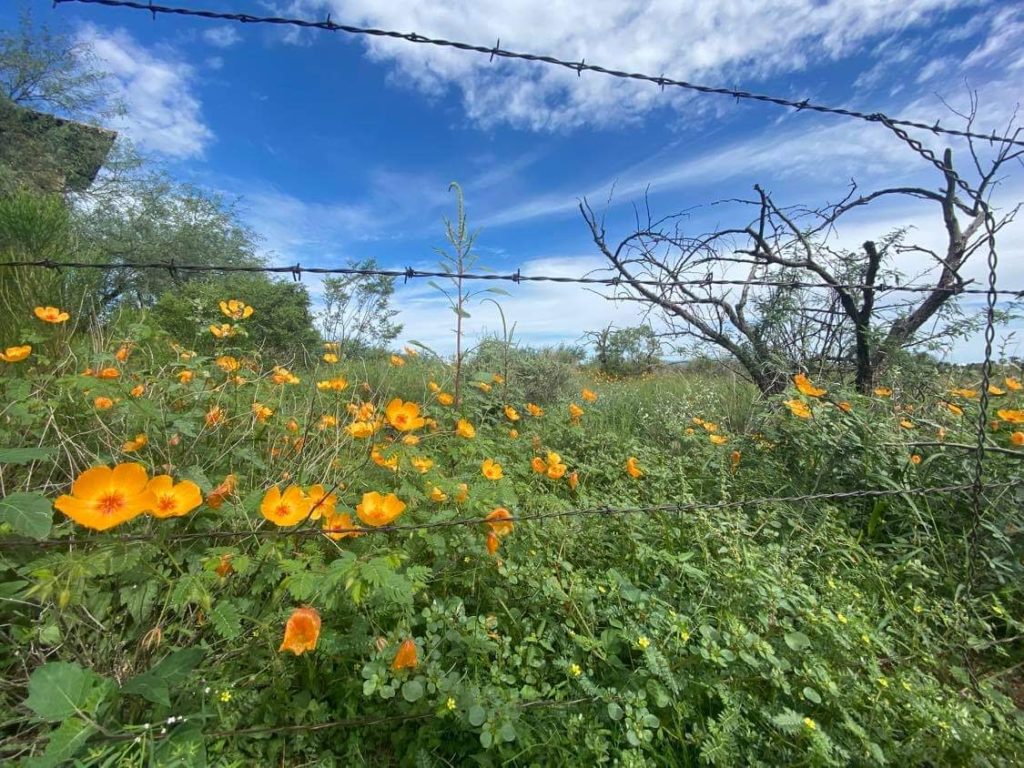
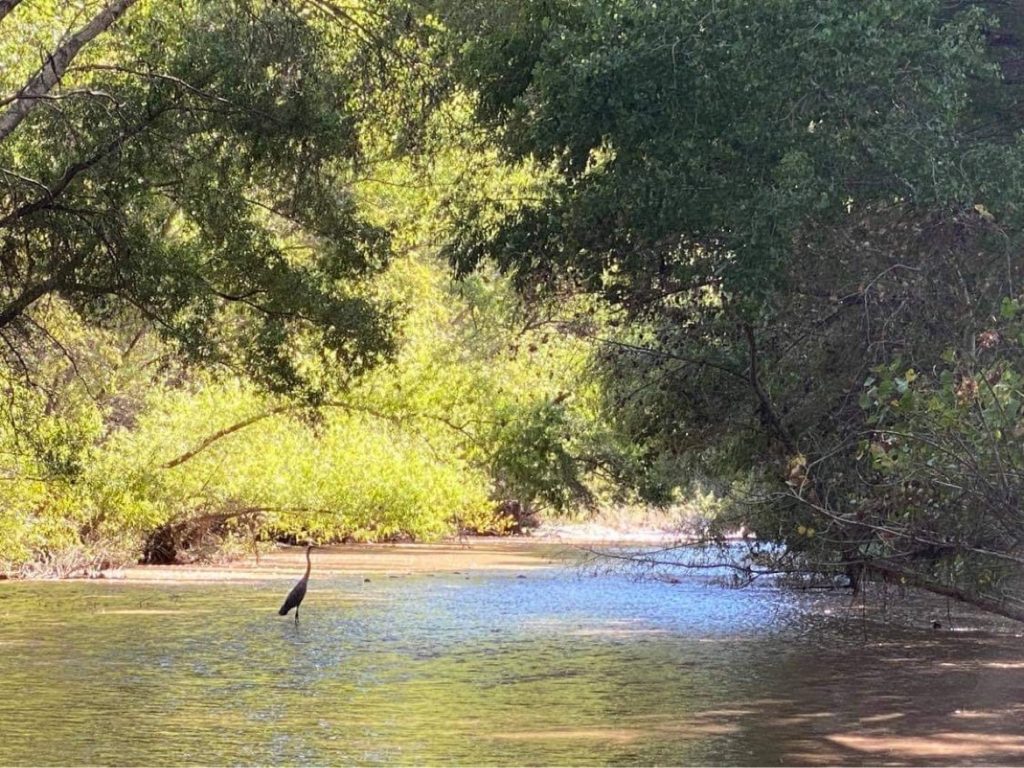
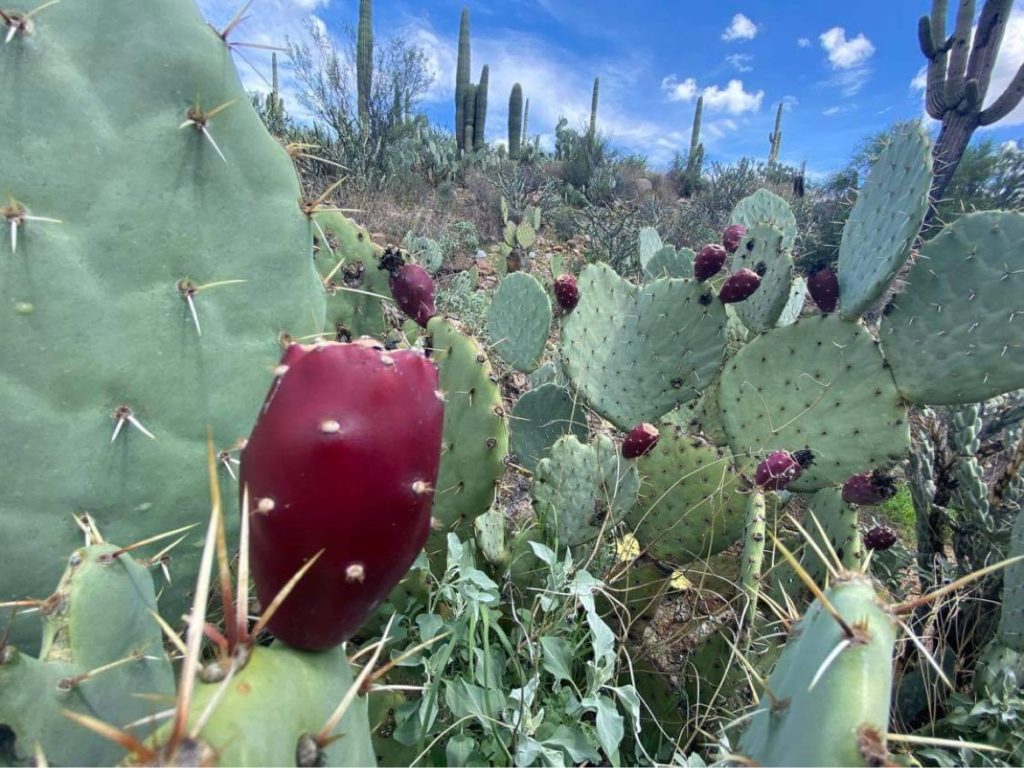
Since the 1900s, however, invasive flora has appeared in the Aravaipa Canyon Wilderness, most likely introduced by early homesteaders—ranchers and farmers—who planted non-native flora for their ornamental value and ground cover (which helped prevent weed growth).
Giant reed, buffelgrass, Sahara mustard, tamarisk, and tree of heaven are all problematic invasive species in the Aravaipa Canyon Wilderness, but one species of specific focus for us is vinca (Vinca major), a vine-like understory plant from Europe that is challenging to eradicate.
About Vinca Major
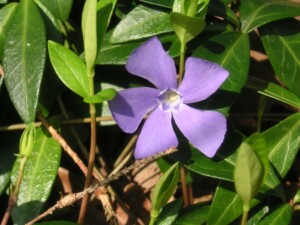
Vinca, also known as bigleaf periwinkle, grows pink and purple flowers in the spring and summer. These blooms don’t contain seeds or produce fruit; instead, vinca creates ongoing plant populations through clonal growth—a type of asexual reproduction where the offspring grows directly from the parent plant until it takes root. This single colony spreads, creating a thick carpet-like covering called a “monotypic stand” that makes it hard for other species to take root.
Notice that periwinkle blooms don’t contain pollen or nectar for local pollinators, another reason why this plant is so damaging for our habitats. By choking out other species, this plant makes it so pollinators have fewer options for survival.
The Impact of Invasive Species
Invasive species like vinca can change the diversity of flora in an area and even stop the development of new seeds or existing seedlings. This smothering effect can even inhibit fresh tree growth.
Vinca is considered a “novel life form in western U.S. riparian zones” such as the Aravaipa Canyon Wilderness (source: Desert Plants), which researchers speculate gives vinca an advantage over native species that are not competitive or adapted to resist monocultural growth. Vinca also spreads quickly through floods—which can happen after monsoon storm events—that help carry and root portions of old colony growth throughout various parts of the wilderness.
Invasive vinca poses great concern to areas like the Aravaipa Canyon Wilderness. The native flora and fauna in these places are diverse and need to be protected, but a change in ground cover can hinder their success. For example, a study on vinca in Australia found that it covered the ground so thickly, a lizard species had to climb on top of the vinca canopy to bathe in the sun, a response to new plant growth that put them at risk of predation (Hedrick et al. 2019). It’s not hard to imagine the lizards in Aravaipa Canyon having to put themselves in a similar position if vinca spreads unchecked.
Removing Vinca
Vinca is rarely affected by pests or diseases in the United States. Successful eradication of invasive vinca depends on human intervention to stop it from spreading.
Sky Island Alliance has worked closely with The Nature Conservancy for many years to remove invasive vinca from along Aravaipa Creek in the Galiuro Mountains. New research published in Desert Plants by Hedrick et al. (2019) suggests two approaches for removing vinca: remove the plant and as much of the root system as possible in the spring or mow the plant down and apply herbicide to the cut stems.
While we acknowledge the effectiveness of using herbicides on invasive vinca, Sky Island Alliance specializes in the manual removal of vinca in sensitive habitats like creek banks where herbicide application could harm aquatic life. We remove invasive vinca by hand and restore the cleared area with native plants that enhance the habitat of this region for many Sky Island species.
Want to join us on an upcoming volunteer trip to Aravaipa Canyon? We schedule three or four vinca removals every season and would love to have you with us. Check our calendar for details!

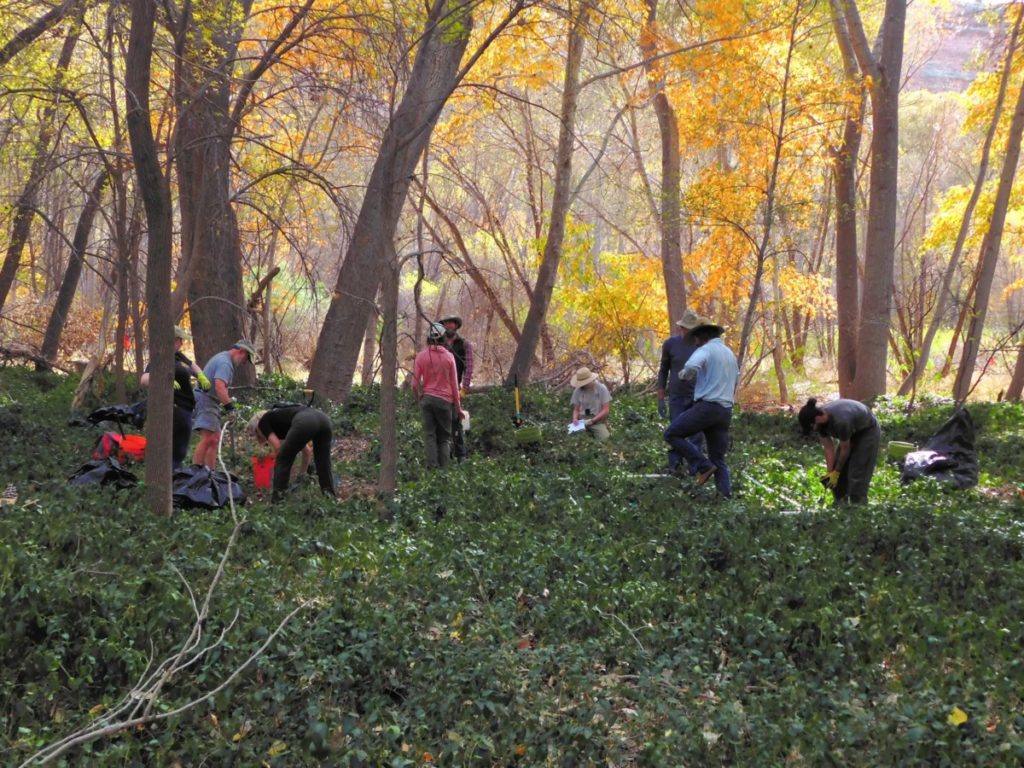
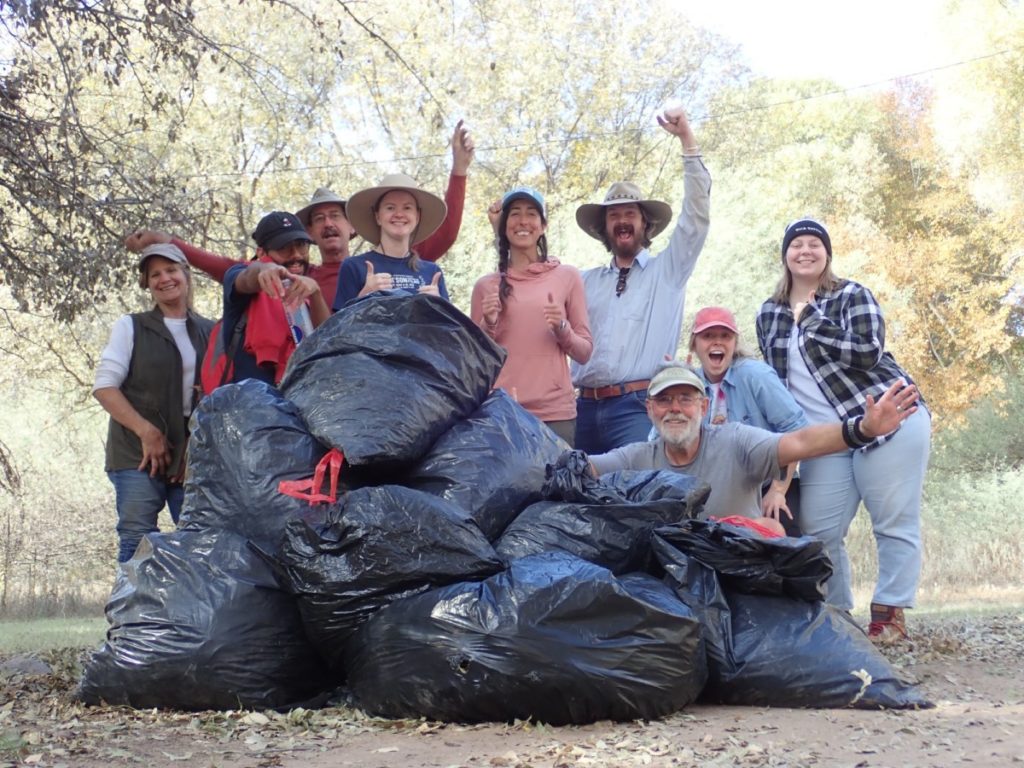
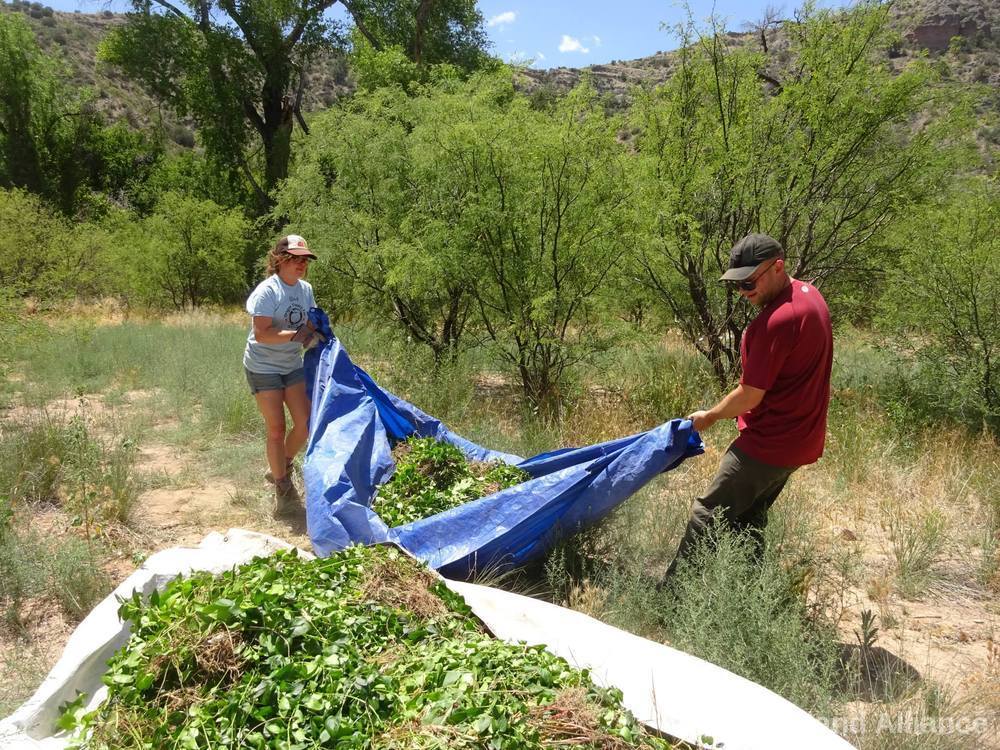

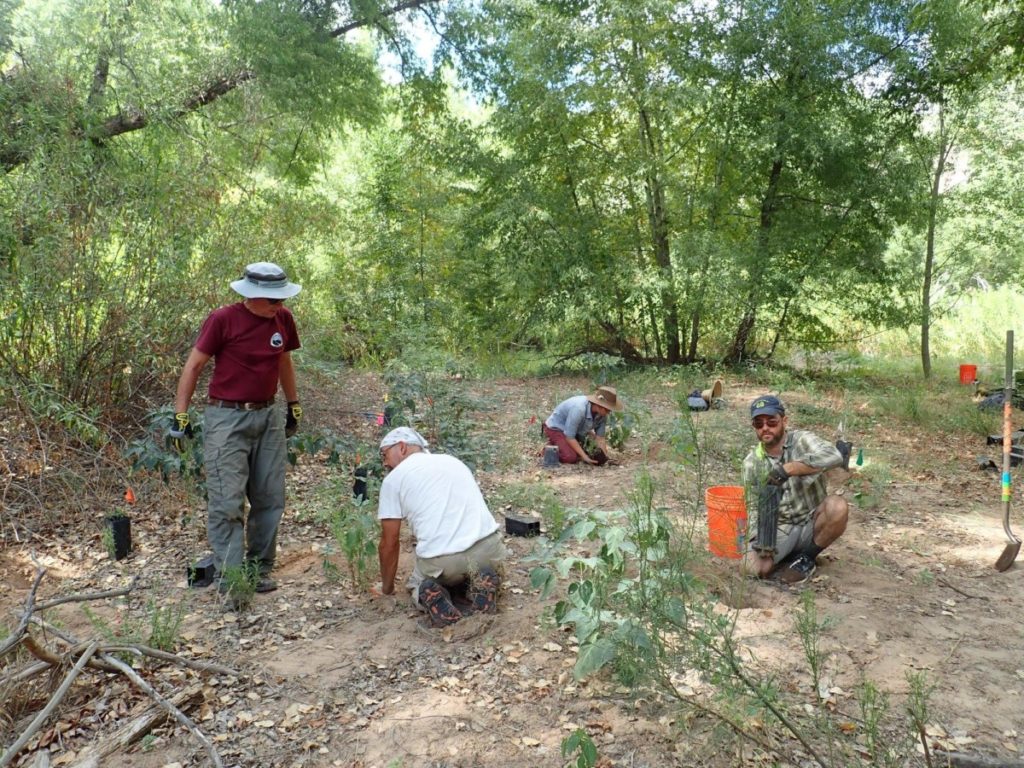
Reference
Hedrick, P. W., H. Blankenship, M. Haberstich. 2019. Invasive Plants in Aravaipa Canyon, Arizona: Invasion History, Life History, Problems, and Control. Desert Plants, 35 (2): 4-24.

